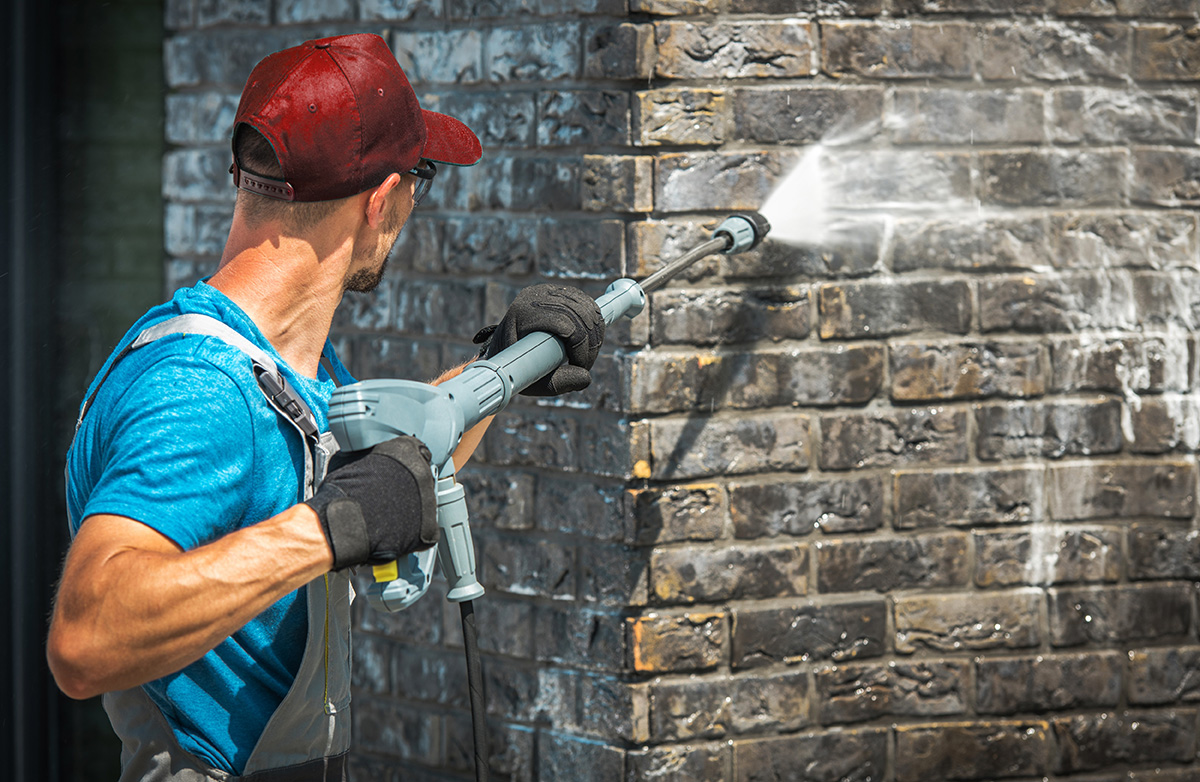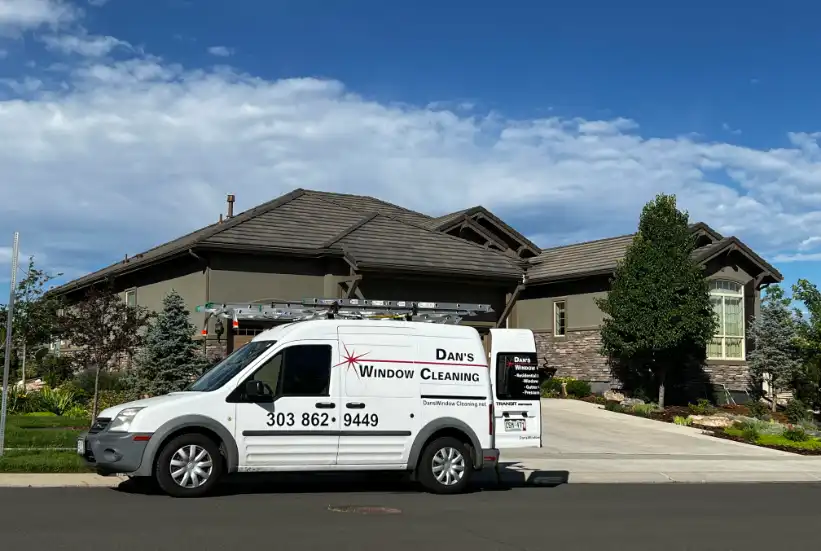The Ultimate Guide to Pressure Washing Brick: Everything You Need to Know
Brick, with its timeless aesthetic and durable nature, has long been associated with quality in the architectural world. But even the sturdiest components of your home are not immune to the elements. Over time, brick surfaces can accumulate dirt, grime, and various stains that dull their natural luster. For homeowners, DIY enthusiasts, and property managers looking to rejuvenate the brick surfaces on their property, the answer could be as simple as a good pressure washing brick. This comprehensive guide is bricked (pun intended!) with all the information you need to tackle this task effectively and safely.
Importance of Pressure Washing Brick Surfaces
Brick surfaces are not only a significant part of your property’s curb appeal but also serve as a protective barrier against the environment. However, when these surfaces are neglected, they can become a breeding ground for mold and mildew, and the accumulated dirt can harbor pollutants. Pressure washing offers an efficient way to restore and maintain your brickwork, prolonging its life and beauty.
- Enhanced Curb Appeal: A clean, well-maintained exterior can significantly boost your property’s first impression.
- Removal of Dirt, Grime, and Stains: Deep-cleaning with a pressure washer can eliminate built-up grime that regular cleaning methods can’t touch.
- Preventing Mold and Mildew Growth: Regular pressure washing can halt the growth of harmful organisms that deteriorate the brick over time.

Preparing for Pressure Washing
Before you begin the process of pressure washing your brick surfaces, proper preparation is vital to ensure not only the effectiveness of the cleaning but also the safety of you and your property. Here are essential steps to follow:
- Assess Your Brickwork Condition: Examine the brick surfaces for any damage, such as missing mortar or loose bricks. It’s important to repair these issues before pressure washing to prevent further damage caused by high pressure.
- Choose the Right Pressure Washer: For brick surfaces, a pressure washer with a psi (pounds per square inch) rating of 1500 to 2000 is typically adequate. Using a pressure washer with too high of a psi rating can damage the brick.
- Select the Appropriate Nozzle: A 15 to 25-degree nozzle tip is recommended for cleaning brick surfaces effectively without causing damage.
- Protect Surrounding Areas: Cover plants, windows, doors, and any electrical fixtures close to the cleaning area with waterproof tarps or plastic sheeting to protect them from water damage and debris.
- Wear Protective Gear: Safety should be your priority. Wear protective eyewear, gloves, and closed-toe shoes to protect yourself from possible injuries.
By taking these preparatory steps, you are not only safeguarding your property and yourself but also setting the stage for a highly efficient and effective pressure washing session.
Step-by-Step Guide to Pressure Washing Brick
Once your brickwork has been properly assessed and you’ve prepared the area and yourself for the task, follow these succinct steps to effectively and safely pressure wash your brick surfaces:
- Wet the Brick Surface: Begin by lightly soaking the brick with water. This step helps prevent the absorption of cleaning solutions into the brick, allowing the solutions to stay on the surface where they can do the most good.
- Apply Cleaning Solution: If dealing with just dirt and mildew, a solution of water and mild detergent may suffice. For tougher stains, consider using a cleaner specifically designed for brick surfaces. Apply the cleaning solution using a low-pressure setting or a manual sprayer to avoid damaging the brick.
- Allow It to Sit: Give the cleaning solution some time to work on the dirt and grime. This could be anywhere from 5 to 15 minutes, but be cautious not to let the solution dry completely, as this could make it harder to rinse off.
- Rinse with High Pressure: Using the pressure washer with the recommended 15 to 25-degree nozzle, carefully rinse the cleaning solution and any loosened debris from the brick. Work in sections and maintain a consistent distance to ensure an even cleaning without damaging the surface.
- Inspect and Touch-Up: After rinsing, inspect the brickwork for any remaining stains or missed spots. Touch up these areas as needed with targeted cleaning solution applications followed by rinsing.
- Dry and Seal (Optional): Allow the brick to dry completely, which may take up to 24 hours. After drying, applying a sealant designed for brick surfaces can offer additional protection against moisture and stains. However, this step is optional and should be considered based on the manufacturer’s recommendations and the specific conditions of your brickwork.
By following these steps, you can revitalize your brick surfaces, ensuring they remain clean, protected, and visually appealing. Remember, regular maintenance is key to preventing the accumulation of dirt and growth of harmful organisms, preserving the beauty and integrity of your brickwork for years to come.

Common Mistakes to Avoid
When pressure washing brick surfaces, certain pitfalls can lead to less than optimal results or even cause damage. Avoid these common mistakes to ensure a successful cleaning project:
- Using Excessive Pressure: Applying too much pressure can erode the mortar, damage bricks, and lead to unnecessary repairs. Always start with the lowest pressure setting that is effective for cleaning.
- Neglecting Pre-Cleaning Inspection: Skipping the initial inspection for damage can result in water seeping into cracks and causing structural issues. Always inspect and repair damaged areas before pressure washing.
- Ignoring Manufacturer’s Instructions: Not following the guidelines for your pressure washer and cleaning solutions can be dangerous and ineffective. Ensure you’re using the equipment and cleaning agents as recommended.
- Overlooking Protective Gear: Failing to wear appropriate safety gear can lead to injuries. Protective eyewear, gloves, and footwear are essential for your safety during the process.
- Directing Water Upwards Under Pressure: Spraying water under high pressure directly upwards can force water behind the siding or into weep holes, leading to moisture problems inside your walls. Keep the spray direction parallel to the surface or slightly downward.
By steering clear of these mistakes, you can efficiently and safely clean your brick surfaces, maintaining property aesthetic appeal and structural integrity.
Safety Tips for Pressure Washing Brick
Pressure washing can be highly effective for cleaning brick surfaces, but safety must always come first to prevent accidents and damage. Here are essential safety tips to keep in mind:
- Read the Pressure Washer Manual: Before beginning, familiarize yourself with your pressure washer’s operation and safety features. Knowing how to properly use your equipment can significantly reduce the risk of accidents.
- Use GFCI Protection: Ensure that your pressure washer is plugged into a ground-fault circuit interrupter (GFCI) outlet to protect against electrical shock, especially in wet conditions.
- Maintain a Safe Distance: Keep the pressure washer nozzle a safe distance from the surface—usually 12 to 18 inches—to prevent damage to the brick or injury from flying debris.
- Never Point at People or Pets: The high-pressure stream can cause serious injuries, so always be aware of where you’re directing the nozzle.
- Avoid Electrical Hazards: Be cautious when washing around electrical meters, lights, and outdoor outlets. Keep the spray away from electrical fixtures or use waterproof covers as a precaution.
- Wear Non-Slip Shoes: Wet surfaces can be slippery. Wear shoes with good traction to prevent falls.
- Secure Ladders and Scaffolding: If you need to use a ladder or scaffolding to reach high places, ensure they are stable and securely positioned before starting to pressure wash.
- Beware of Lead Paint: If your brickwork is near surfaces painted before 1978, there could be a risk of lead paint. Avoid disturbing these areas, or use appropriate containment and cleanup methods to handle lead paint safely.
- Stay Alert: Always be aware of your surroundings, including people walking nearby, to prevent accidents.
Following these safety tips can help ensure that your brick cleaning project is completed without incidents, keeping both you and your property safe during the process.
In conclusion, pressure washing company is an effective and efficient method for cleaning brick surfaces. By following the proper steps and avoiding common mistakes, you can maintain the beauty and structural integrity of your brickwork for years to come. Remember to prioritize safety throughout the process, and consult a professional if you have any doubts or concerns. With these tips in mind, you can confidently tackle pressure washing your brick surfaces and enjoy the satisfying results.
https://www.google.com/maps?cid=15329728092816842314
